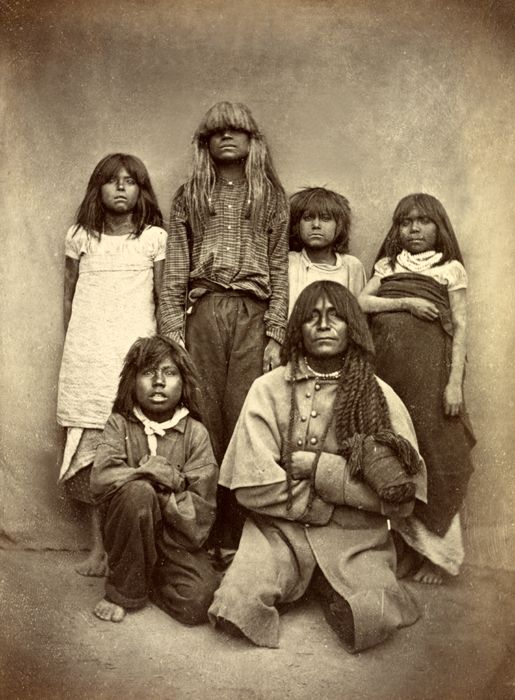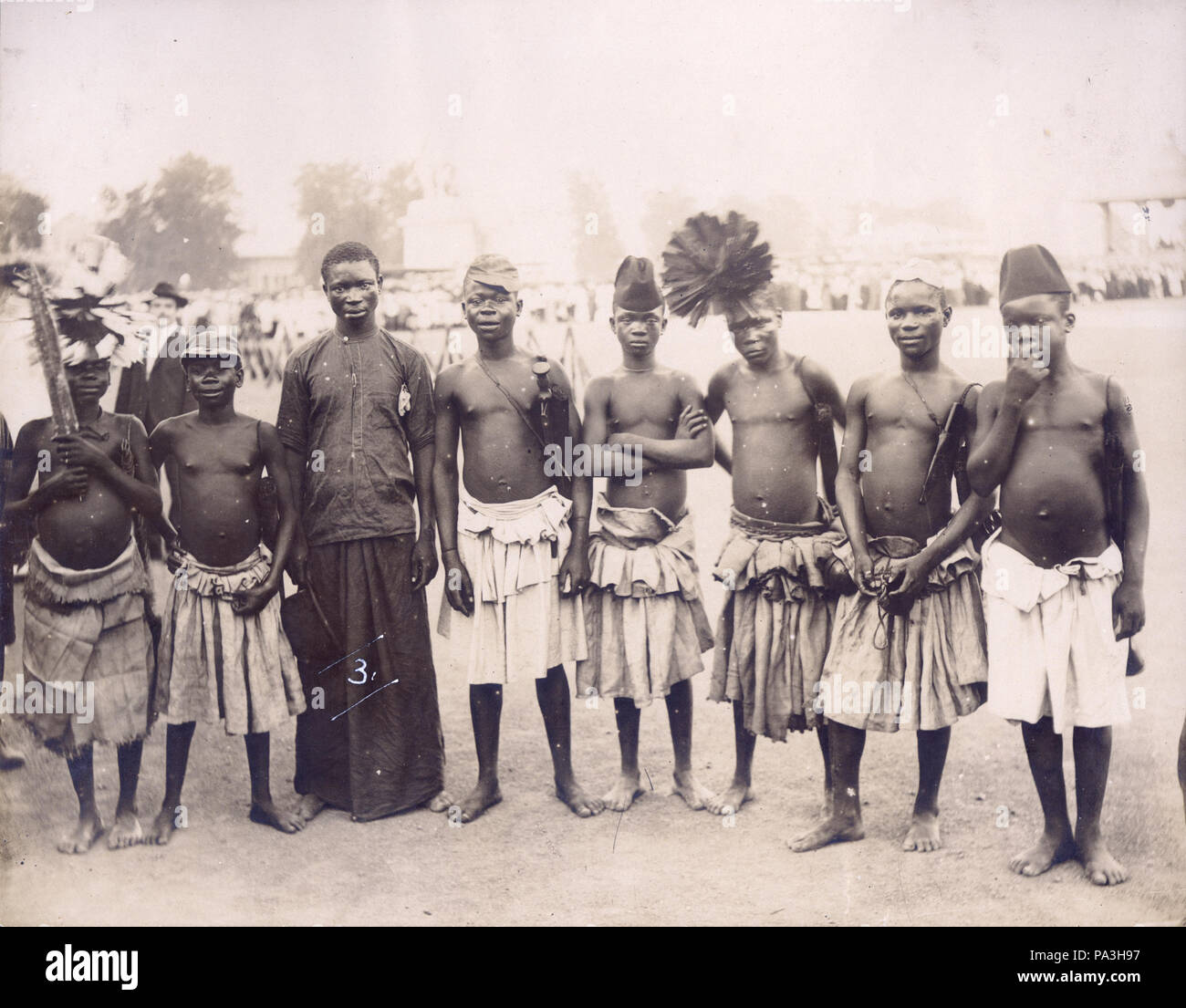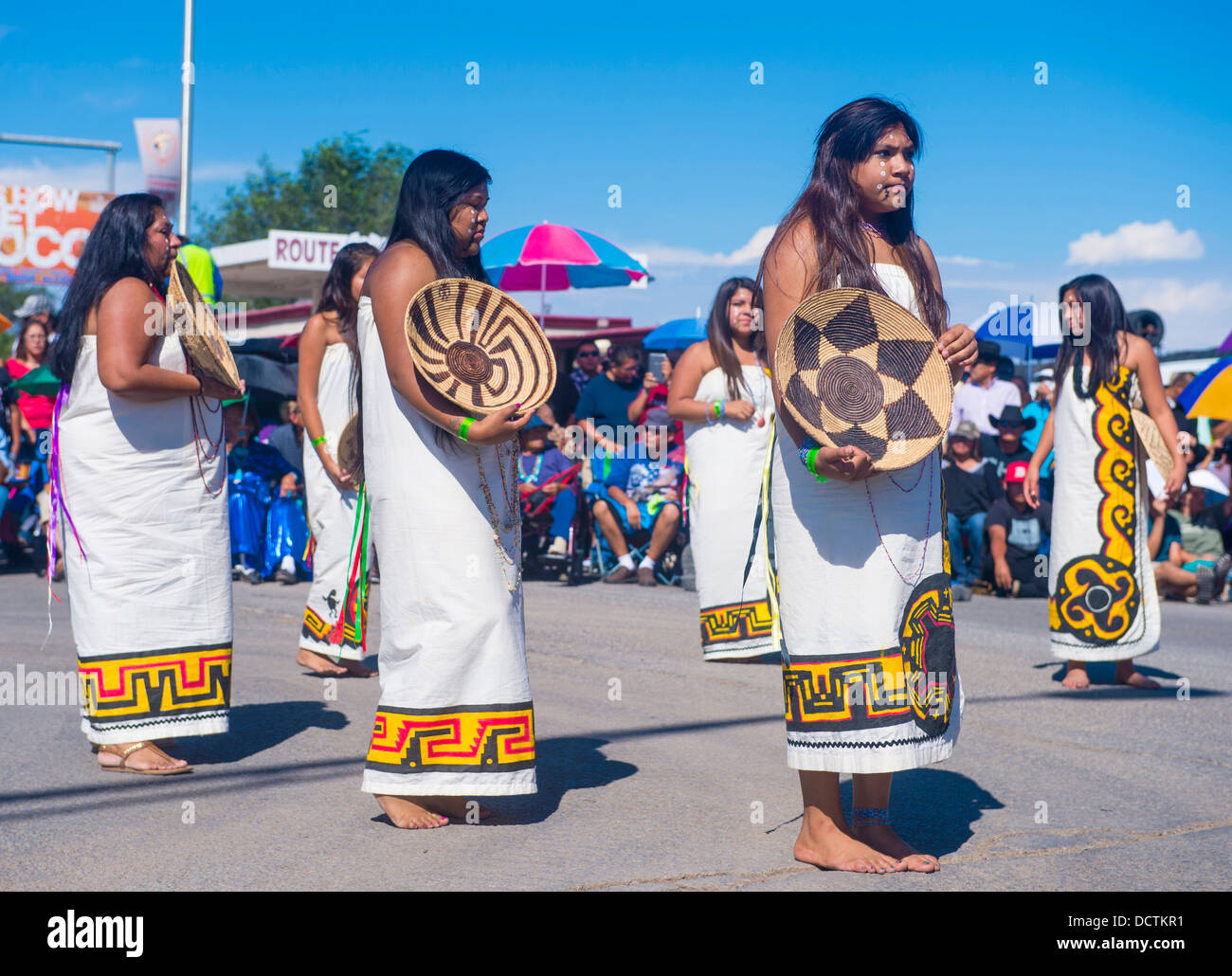
Guardians of the Desert: The Enduring Saga of the Akimel O’odham
By [Your Name/Journalist’s Name]
The Sonoran Desert, a landscape of stark beauty and unforgiving sun, has long been home to a people whose very identity is woven into its rivers and soil: the Akimel O’odham, widely known as the Pima Tribe. Their name, "Akimel O’odham," translates simply to "River People," a testament to their ancient and profound connection to the Gila and Salt Rivers, which once flowed abundantly through their ancestral lands in what is now central and southern Arizona. Their story is a compelling narrative of adaptation, ingenuity, profound loss, and an unyielding spirit of resilience that continues to define them today.

For millennia, long before the arrival of European explorers, the Akimel O’odham and their ancestors, theorized by many to be the ancient Hohokam culture, engineered one of the most sophisticated irrigation systems in North America. These master hydrologists transformed the arid desert into a fertile agricultural paradise, cultivating corn, beans, squash, and cotton. Their intricate network of canals, some extending for miles, channeled precious river water to sustain thriving communities and a rich cultural life. This was a society deeply rooted in balance, where their spiritual beliefs, social structures, and daily existence revolved around the rhythms of the river and the bounty of the land.
"Our ancestors lived by the river, from the river," reflects a Pima elder, whose words echo through generations. "It was our lifeblood, providing not just water for our crops, but a spiritual connection to everything around us. The river taught us patience, respect, and the importance of community."
The arrival of Spanish missionaries in the late 17th century, notably Padre Eusebio Francisco Kino, marked the beginning of significant change. While Kino established missions and introduced new crops and livestock, the Pima largely maintained their autonomy and cultural practices. It was the subsequent influx of American settlers in the mid-19th century, particularly after the Gadsden Purchase of 1853, that heralded an era of devastating transformation.
The Drying River: A Crisis of Survival
The American settlers, drawn by the promise of fertile land, began diverting the Gila River upstream for their burgeoning agricultural endeavors. Slowly, then catastrophically, the river that had sustained the Akimel O’odham for centuries began to dry up. By the early 20th century, the once-mighty Gila was reduced to a trickle, and often, to nothing at all.
This loss of water was an existential blow. The elaborate irrigation systems, once marvels of engineering, became dusty ditches. The fields that had fed their people for generations turned barren. The Pima, who had once been self-sufficient and even supplied neighboring non-Native communities with food, were plunged into destitution. Their traditional diet, rich in nutrient-dense desert foods and agricultural products, was replaced by government rations of flour, lard, and sugar.
The impact was immediate and profound, leading to widespread poverty, malnutrition, and despair. But the long-term consequences would prove even more insidious and tragic.
The Shadow of Diabetes: A Modern Epidemic

Perhaps the most harrowing legacy of the stolen water and forced dietary changes is the staggering prevalence of Type 2 Diabetes among the Akimel O’odham. Today, the Gila River Indian Community has one of the highest rates of Type 2 Diabetes in the world, with over 50% of adults affected and the disease increasingly appearing in younger populations.
Scientists and researchers have studied this phenomenon extensively, pointing to a complex interplay of genetic predisposition and environmental factors. The "thrifty gene" hypothesis suggests that a gene that once helped their ancestors efficiently store fat in times of scarcity became a disadvantage when confronted with a sudden shift to a high-calorie, low-nutrient Western diet. This, combined with a sedentary lifestyle enforced by the loss of traditional farming, created a perfect storm for the disease.
"Diabetes isn’t just a health issue for us; it’s a wound that speaks of a broken promise, a stolen way of life," states Dr. Robert Browning, a Pima physician working within his community. "Our bodies, adapted to the desert and a traditional diet, were not equipped for the foods forced upon us. It’s a direct consequence of the injustices of the past, and it continues to be one of our greatest challenges today."
The National Institutes of Health (NIH) established a research facility on the Gila River Indian Community reservation, partnering with the Pima people to study diabetes and other metabolic diseases. While the research has contributed significantly to global understanding of the disease, it also highlights the immense burden borne by the community. Efforts are now underway to promote healthier lifestyles, traditional foods, and preventative care, but the battle is ongoing and deeply personal for every family.
Resilience and Reclaiming Identity: A New Chapter
Despite these profound challenges, the story of the Akimel O’odham is ultimately one of remarkable resilience and a tenacious fight for sovereignty and cultural revitalization. The struggle for water rights, a battle that spanned decades, finally saw a measure of justice with the passage of the Arizona Water Settlements Act in 2004. This landmark legislation provided the Gila River Indian Community with significant allocations of water from the Central Arizona Project (CAP), a massive aqueduct system.
With the return of water, the desert began to bloom again. The Akimel O’odham have embarked on ambitious agricultural projects, reclaiming their legacy as master farmers. Fields of traditional crops, as well as modern produce, now stretch across parts of the reservation, providing both economic opportunities and a tangible link to their past.
Economic development has also played a crucial role in their resurgence. The Gila River Indian Community and the Salt River Pima-Maricopa Indian Community (another federally recognized tribe comprising Akimel O’odham and Maricopa people) have successfully developed casino resorts, golf courses, and other enterprises. These ventures generate significant revenue, allowing the communities to invest in infrastructure, healthcare, education, and cultural preservation programs.
"We are building our future, but we are doing it on our terms, guided by our traditions," says a tribal council member. "The casinos aren’t just about money; they are about sovereignty, about creating jobs for our people, about having the resources to protect our language, our ceremonies, and our land for the next seven generations."
Cultural revitalization is a vibrant force. Language immersion programs are working to ensure the Akimel O’odham language, a Uto-Aztecan tongue, continues to thrive. Traditional arts, basket weaving, pottery, and ceremonial dances are experiencing a renaissance, taught to younger generations as vital expressions of their identity. The annual Mul-Chu-Tha Fair and Rodeo celebrates their heritage, bringing together community members and showcasing their rich culture.
Looking Forward: Sustaining the Spirit
The Akimel O’odham face a future that is a delicate balance of progress and preservation. They must continue to address the health disparities, particularly the diabetes epidemic, through innovative healthcare solutions and a renewed emphasis on traditional diets and active lifestyles. They must also navigate the complexities of economic development, ensuring that modern ventures align with their cultural values and environmental stewardship, especially in the face of climate change and continued drought in the Southwest.
The Akimel O’odham stand as a powerful testament to the enduring human spirit. From the sophisticated engineering of their ancestors to their fierce battles for water rights and their ongoing fight for health and cultural survival, the "River People" have demonstrated an unparalleled capacity for adaptation and resilience. Their story is a vital chapter in the American narrative, reminding us of the profound impact of history, the importance of sovereignty, and the unyielding power of a people deeply connected to their land and their heritage. As the desert sun rises each day over their ancestral lands, the Akimel O’odham continue to write their story, a living legacy of endurance and hope.


